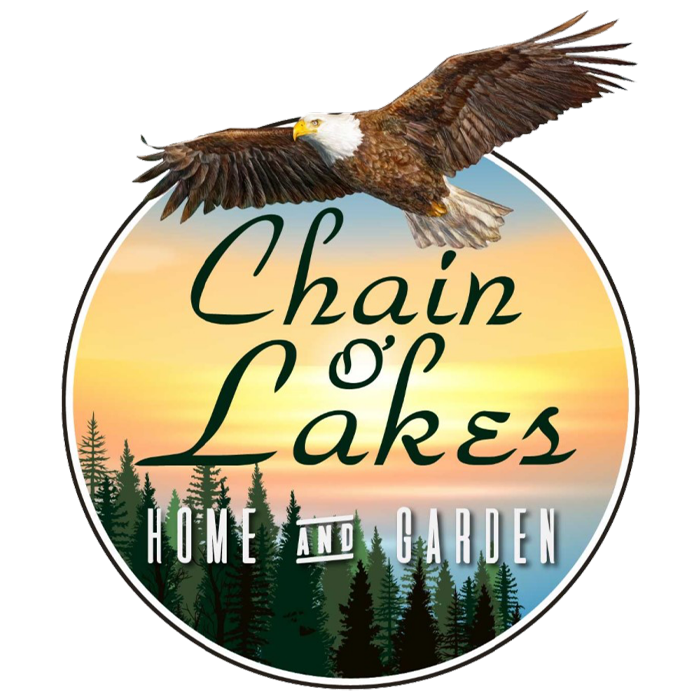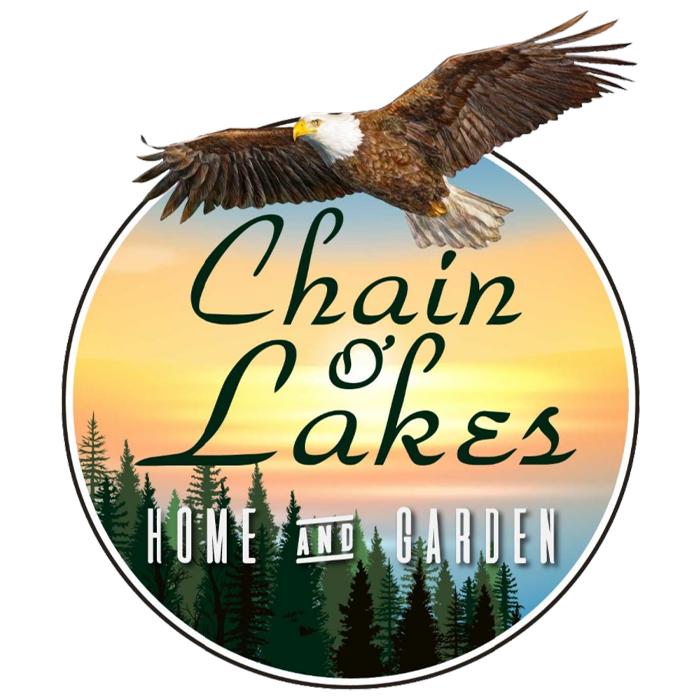N2270 State Road 22
Waupaca, WI 54981
Phone: (715) 258-5400
Monday - Saturday 8am to 5pm
Sundays 9am - 4pm
Potatoes
Potato Varieties
Dark Red Norland
Common Red
Pontiac
Old Red Variety
Russet Burbank
Old High Gravity
Kennebec
Large White
Superior
Round White
Gold Rush
Nice Uniform Russet
Yukon Gold
Yellow Flesh
Austrian Crescent
Fingerling (Special Order)
Adirondack Blue
Flesh and Skin
SEED POTATOES
$1.39 per pound
Growing Potatoes
Potatoes are one of the easiest vegetables to grow. Potatoes do take some patience as they develop underground and out of sight. Bet you've probably never seen a packet of potato seeds for sale. To get the variety of potato you want, you will need to grow them vegetatively, meaning you re-plant a part of the actual potato. These pieces of potato are referred to as seed potatoes.

Seed Potatoes Information
While you could plant any potatoes and have them grow into plants, it is not recommended that you try growing potatoes from the grocery store for two reasons. First, grocery produce is often treated with a growth inhibitor. This is meant to keep the produce fresh longer, by preventing it from sprouting. Even when planted in the garden, your grocery potatoes may never take root.
Because potatoes are propagated vegetatively, any diseases from the prior year will be carried over in those small pieces of potato. That's why it is so important to use disease-free seed potatoes. That means buying certified Wisconsin seed potatoes, rather than supermarket potatoes. Certified seed potatoes are inspected by a government authority to be disease-free. We only carry Wisconsin certified potatoes.

What Exactly Do You Plant?
You do not need to plant a whole, intact potato. Seed potatoes can be cut into pieces, as long as the pieces have at least one eye each. An "eye" is a bud that grows into a new plant. If you've ever kept your potatoes in the cabinet too long, you've probably seen them sprout
Start with the healthiest, strongest seed potatoes to avoid problems and guarantee a good harvest. Any potatoes that have a soft spot, cracks or bruises or signs of rotting should be discarded.
Start with the healthiest, strongest seed potatoes to avoid problems and guarantee a good harvest. Any potatoes that have a soft spot, cracks or bruises or signs of rotting should be discarded.

Preparing Seed Potatoes
If you decide you want to cut your seed potatoes into pieces, cut them about two days before you plan to plant. This allows the pieces to callus or seal which prevents rotting and provides a barrier from soil-borne diseases while the pieces sprout and take root.

Planting Potatoes
March-May seed potatoes are planted 1 ½-2 feet apart in a 6 to 8 inch deep trench. They are covered with soil or organic material, such as sphagnum peat moss, mulch or straw and then watered deeply. In early spring, Mother Nature may do much of the watering
Handle the seed potatoes carefully, so the sprouts do not break off or become damaged. You can plant the whole potato or cut into pieces with at least one eye each. Plant with the sprouts facing up and cover lightly with soil.
Potato Popper
After digging the trench, add potato popper to aid in growth and prevent bugs in the future.
After digging the trench, add potato popper to aid in growth and prevent bugs in the future.

How Much Should You Plan on Planting?
On average, one pound of seed potatoes should yield about 10 pounds of potatoes. One pound is about 5 to 8 tubers, which should be enough to plant about a 10-foot row.

Whether grown in a garden, a barrel, old tires or a grow bag, potatoes need to be covered with loose organic material periodically, or hilled up. This addition of organic material encourages the potato tubers to grow deep and wide and allows new potatoes to form on top of maturing potatoes. Depth and darkness improve the flavor of potatoes. Potatoes grown too close to the surface and receiving too much sunlight will grow bitter and contain chemicals that can be toxic.
Covering Potato Plants Traditionally, in March-May seed potatoes are planted 1 ½-2 feet (46-61 cm.) apart in a 6- to 8-inch (15-20 cm.) deep trench. They are covered with soil or organic material, such as sphagnum peat moss, mulch or straw and then watered deeply. In early spring, Mother Nature may do much of the watering
Covering Potato Plants Traditionally, in March-May seed potatoes are planted 1 ½-2 feet (46-61 cm.) apart in a 6- to 8-inch (15-20 cm.) deep trench. They are covered with soil or organic material, such as sphagnum peat moss, mulch or straw and then watered deeply. In early spring, Mother Nature may do much of the watering


